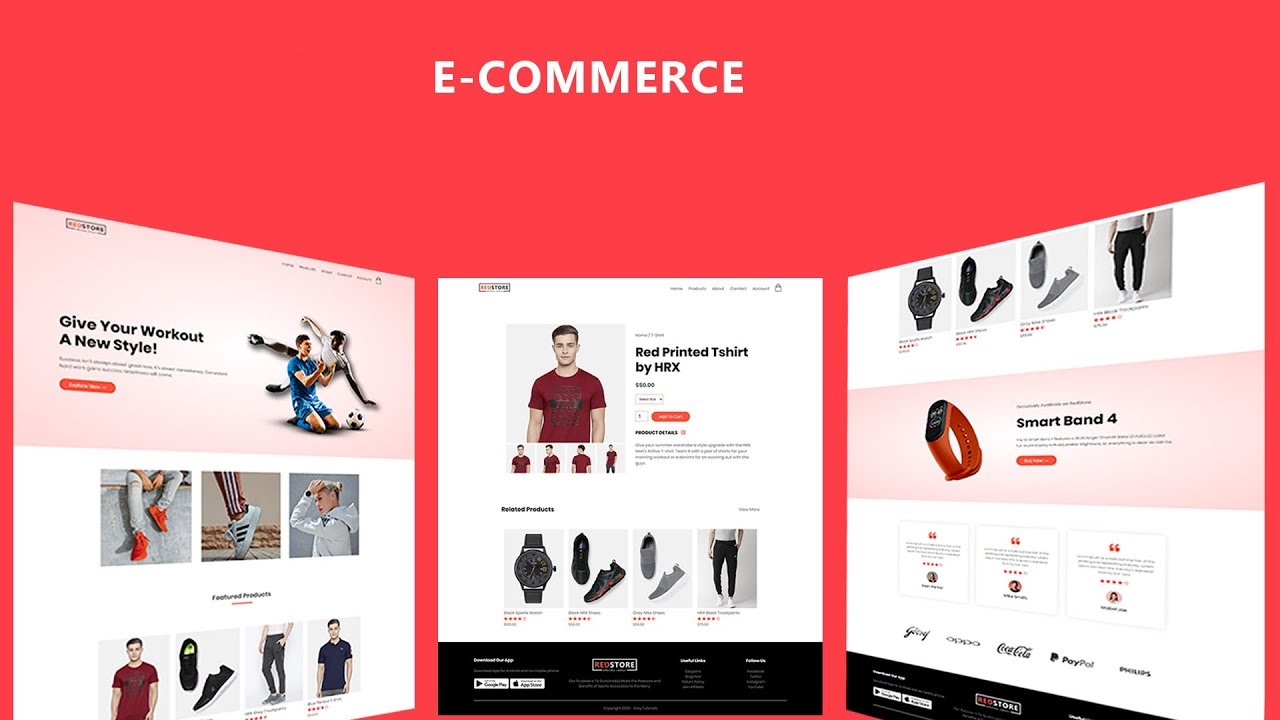A marketing channel is the way through which your message reaches your audience. They include advertising, email, social media, and search engines like Google. Marketing channels enable communication, and without it there can be no sales. This article will help you follow their strategy.
Study your competitors
Check out your direct competitors on social media to see how they connect with their audience. Pay attention to their content formats, publishing cadence, and choice of topics. When it comes to competitive analysis, using official ad libraries and our free traffic checker can save you time and guesswork.
Build a foundation and branch out
Eventually, you will likely use multiple channels, but you should start with a few fundamental channels to fuel your growth. Then, experiment with new channels and double down on the ones that work.
Five channels are a good choice for a business to start with, because they’re easy to work with, affordable and scalable, and have tremendous potential reach. Focus on social media first.
1. Organic search
SEO (search engine optimization) is the practice of optimizing webpages to increase traffic and visibility in search engines. Blogging is one of the most effective ways to keep your organic traffic growing.
At JamField, we write blog posts about topics relevant to our product and target keywords that offer search traffic potential and are within our capability to rank.
Social media: This involves using social media platforms like Facebook, Twitter, and Instagram to connect with your target audience. It’s a more affordable option than organic search, but it can be difficult to get noticed.
Paid advertising: This involves paying to place your ads on search engines, social media platforms, and other websites. It’s a quick way to reach a large audience, but it can be expensive.
Content marketing: This involves creating and sharing valuable content, such as blog posts, infographics, and videos, to attract and engage your target audience. It’s a great way to build trust and credibility with potential customers, but it can take time to see results.
Pros and cons
Social media marketing includes using Facebook, Twitter, LinkedIn, Discord, Slack, and WhatsApp to connect with current and potential customers through content and conversations.
Social media is complex, combining product marketing, PR, and customer support. Each brand develops its own voice, publishing a balanced mix of product marketing, conversations, entertainment, and company news.
2. Video marketing
Video marketing works: 70% of viewers bought from a brand after seeing it on YouTube.It’s all about the creative you use and the targeting, and some ads can be irresistible.
3. Email
Email marketing is a way to send messages directly to the inboxes of potential customers. It can encourage quick actions like redeeming a discount code.Sponsorship in marketing involves providing financial or material support to an event, individual, or organization in exchange for opportunities to advertise and promote your brand or products. Sponsorship is a popular way to do marketing, especially for big brands. But small and medium brands can engage in sponsorships too.
4. Word of mouth
Word-of-mouth marketing is the process of influencing and encouraging natural discussions about a product, service, or company. It’s probably one of the most effective marketing channels. Started with no marketing budget and no marketing personnel, and grew thanks to recommendations from users and positive reviews. A brand can create its own podcast series to earn positive associations, differentiate, and give their audience a reason to come back.
5. Events
Event marketing can be done online and offline but also in a hybrid model. In-person events allow for stronger emotions and more convenient networking.
6. Affiliate marketing
Affiliate marketing is where people promote another company’s product or service in return for a commission on generated sales. This industry is set to grow to $15.7 billion globally by 2024.Affiliate marketing is a win-win for all parties involved, including consumers.
7. Influencer marketing
Influencer marketing involves partnering with people who have a large following on social media to promote your brand, products, or services. Influencer marketing is similar to affiliate marketing in that you pay someone to create content that will give you access to their audience. You’ll only get the hang of this tactic by diving in and doing it.
- Public relations: This involves getting your brand mentioned in the media. It can be a great way to build brand awareness and credibility, but it can be difficult to get media coverage.
- Event marketing: This involves hosting or attending events to connect with your target audience. It can be a great way to generate leads and build relationships, but it can be expensive.
- Trade shows: This involves exhibiting your products or services at trade shows. It’s a great way to reach a targeted audience, but it can be expensive.
- Webinars: This involves hosting online seminars or workshops. It’s a great way to educate your target audience and generate leads, but it can take time to plan and execute.
What is the best marketing channel?
Brands usually try to be present in as many channels as possible, but some brands focus on organic search and video marketing.
What’s the difference between multichannel and omnichannel marketing?
Omnichannel marketing is about using all available channels to attract and serve customers, providing a seamless experience. Multichannel marketing is about not utilizing all channels.
How are marketing channels different in B2B than in B2C?
B2B and B2C brands use the same channels, but B2B brands use them differently. B2B brands focus more on educating prospects and forming long-lasting relations.
Final thoughts
Multichannel marketing and omnichannel marketing seem to be the way to go these days. Keep your brand’s messaging consistent across all media.

